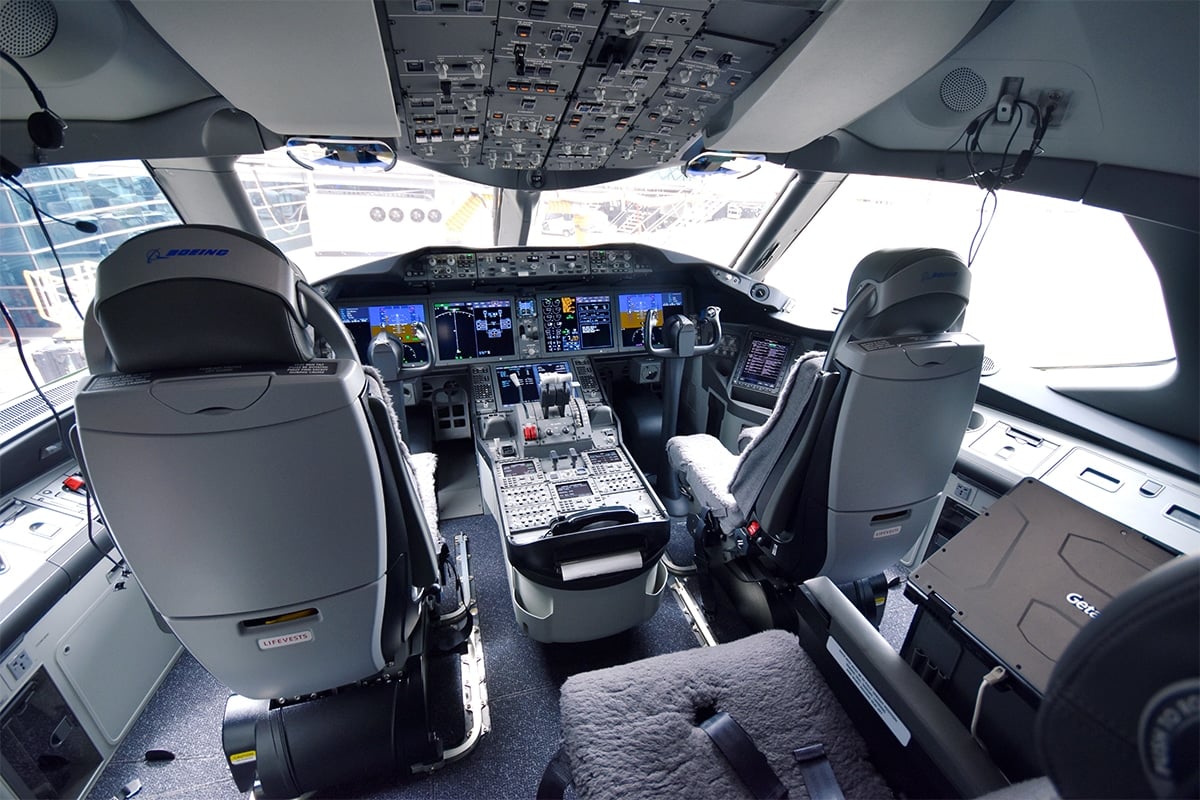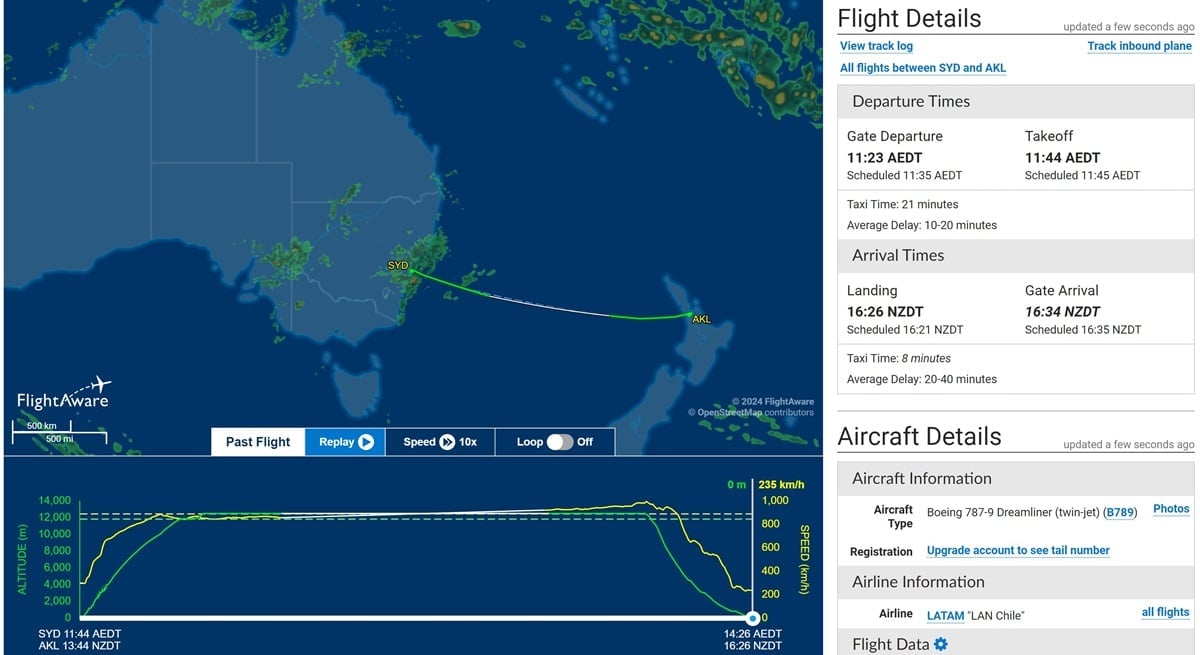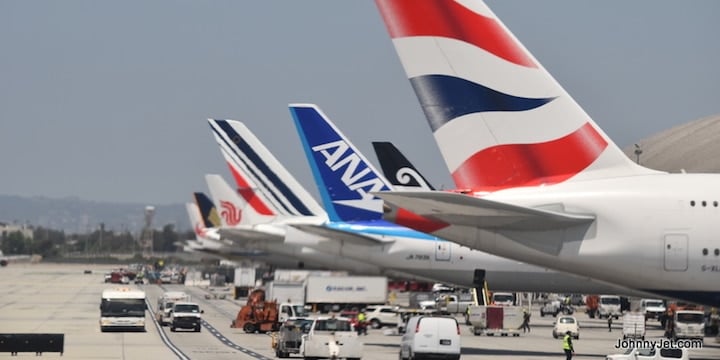On Monday, March 11, a 787 Dreamliner operated by LATAM Airlines (Flight #800) was flying between Sydney, Australia and Auckland, New Zealand. LATAM is a multinational South American airline based in Santiago, Chile. The next leg of the flight was supposed to go on to Chile but it was cancelled after what happened mid-flight.

According to a LATAM statement, the incident happened because of a “technical event during the flight which caused a strong movement.” That left everyone perplexed, including pilots. I asked two of my friends who are pilots for a commercial airline and they said they have no idea what the strong movement could have been other than severe turbulence … except that it wasn’t turbulence.
 The “strong movement” was so severe that 50 people on board got hurt, including 10 who had to go to the hospital. After days of investigation, the Wall Street Journal uncovered that it was actually caused by flight attendant error: “A Latam Airlines flight attendant hit a switch on the pilot’s seat while serving a meal, leading a motorized feature to push the pilot into the controls and push down the plane’s nose, according to U.S. industry officials briefed on preliminary evidence from an investigation. The switch, on the back of the chair, is usually covered and isn’t supposed to be used when a pilot is in the seat.”
The “strong movement” was so severe that 50 people on board got hurt, including 10 who had to go to the hospital. After days of investigation, the Wall Street Journal uncovered that it was actually caused by flight attendant error: “A Latam Airlines flight attendant hit a switch on the pilot’s seat while serving a meal, leading a motorized feature to push the pilot into the controls and push down the plane’s nose, according to U.S. industry officials briefed on preliminary evidence from an investigation. The switch, on the back of the chair, is usually covered and isn’t supposed to be used when a pilot is in the seat.”
Yesterday, CNN’s Abby Phillip’s interviewed Alan Armstrong, a pilot and aviation attorney, to find out how it could happen and where the button is located.
Could a terrifying and dangerous nosedive on a LATAM flight have been cause by a flight attendant pressing a button on the back of the pilot’s seat?
As Boeing alerts airlines of an “unintended seat movement” hazard, we take you inside a cockpit to show you what may have occurred pic.twitter.com/dU2KAEyZqX
— Abby D. Phillip (@abbydphillip) March 16, 2024
I find it a little scary that Armstrong said, “I’m perplexed, I don’t understand this story about how this seat switch got activated. I’m mystified, frankly.”
The button is only supposed to be used when you’re getting in the seat or getting out of the seat. It is not something to be used when the airplane is being flown because it would push them right up into the controls.
Armstrong says to make two assumptions:
1. “The seat is moving the pilot into the control yolk. He’s being pressed into the control yolk.”
2. “The aircraft is on automatic pilot. Automatic pilot is a system with servos that will maintain pitch, bank and roll altitude to ensure the aircraft maintains a stable flight path. If he’s being pushed forward into the yolk, the autopilot is going to resist that because it’s trying to maintain level altitude. So you’ve got one force going down and one force going up and they’re competing with each other. But at 75 pounds, the auto pilot is going to give up. It’s just going to say this is your airplane, you do what you want. I’m done because that’s the setting that’s typically applied in these aircrafts.”
Then the scary part happens, Armstrong says. “At that point, the aircraft would abruptly, and I mean abruptly, nose down. Much more violent than a carnival ride. And that would explain why we have 50 injured passengers and 10 people make a trip to the hospital.”
Armstrong doesn’t feel like we’ve gotten the full story and after watching this video and reading other articles, I don’t either. But it sure seems this isn’t Boeing’s fault. It’s human error or something else. Below is another video showing the button and a diagram.
The button, covered by a flap that has to be opened, allows the seat to fully retract to allow the pilot to get into the seat. See this YouTube video. https://t.co/950BTMP616
— Jim McCarthy (@jam3ohio) March 15, 2024
Post by @petemunteanView on Threads
KEEP READING
–How To Make Sure the TSA PreCheck Checkmark is On Your Boarding Pass
–Did You Know Your Electronic Devices Should Always Be Charged When Going Through Security?
–10 Airport Security Hacks Every Traveler Needs to Know
–Mom Shares Hilarious Reason She’s Not Getting TSA PreCheck Anytime Soon
–How to Get a Full Bottle of Water Through Airport Security
Want more travel news, tips and deals? Sign up to Johnny Jet’s free newsletter and check out these popular posts: The Travel Gadget Flight Attendants Never Leave Home Without and 12 Ways to Save Money on Baggage Fees. Follow Johnny Jet on MSN, Facebook, Instagram, Pinterest, and YouTube for all of my travel posts.







